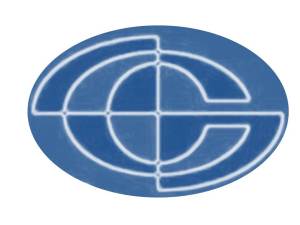Leadership development is valuable professional development. Of course professional development is required for any Professional to achieve their career goals. Many professionals’ careers were affected by the global financial crisis, especially in areas of Licensing and Brand Management. Management literature supports Leadership research in most career paths, except Licensing and Brand Management. Most corporate leadership research is focused on increasing performance of MBA trained professionals. However I see the platform of Licensing and Brand Management in terms of future economic recovery vital in terms of Brands engaging the digital generations and of course the digital generation is our future.
A number of years ago I noticed a needs gap in best practice leadership research for professions such as marketing, politics, law, ICT, and licensing. I decided to focus on these professions and the overarching Branding phenomenon as a leadership tool for engaging followers. As a psychologist and leadership researcher became curious as to how we could use Branding as a means to not only engage followers’ performance, but bridging generations for corporate cohesion and collaboration, factors missing in most western corporations. This led me to understand the complexities of the Brand phenomenon in terms of the digital generation and their high levels of visual acuity, as opposed to other generational cohorts.
I also noticed the association between organization and business performance, Brand performance, and marketplace reputation; and wanted to explore these connections in terms of leadership styles. My curiosity led me to research Licensing and Brand Management professionals globally in terms of their leadership styles, what was working, what was not working and how this was affecting Brand influence in engaging consumers and business results.
As a Corporate Psychologist I have been working with a leader-follower model for approximately seven years, however have been researching and developing leaders for approximately ten years. The leader-follower model focuses on developing business performance through increasing leader-follower performance. I wanted to apply this model to Brand performance as a focus of building reputation for business performance. The leader-follower model is called an Authentic-Collective Leadership model and is based on best practice psychological and leadership research.
Authentic-Collective Leadership is best practice leading edge global research. This is a similar model that Deloittes use globally and is at the forefront of business management research. I have researched and tested this model extensively, with over nine hundred case studies including the government of a country and her Prime Minister; and tier one global consulting firms. The reasons this model is so effective is the focus on bridging generation gaps in the organization, fostering collaboration, cohesion, and community; and this has a positive flow on effect increasing organization, Brand, and business performance.
I became serious about this model, and developing Authentic Leaders during the global financial crisis when it was obvious to me that traditional leadership, and traditional management were responsible for the GFC mess; and that if I have the knowledge to do something to help, I should. My social conscience was motivated to research how the future of tomorrow’s corporations could be shaped today, into healthy businesses; and I noticed that Brands were the answer. This is how I became interested in Brands as a solution to the GFC.
I discovered that Brand reputation was like Corporate or business reputation; and that the digital generation’s obsession with Branding was in fact different to that of other generations. I noticed that the digital generation is extremely high in visual acuity. Visual acuity is the primordial hunter-gathered spatial recognition of holding the external world internally, like our very own GPS system, and this could be developed in people, as it is with the digital natives. I started connecting these facts and understanding the foundation of why digital natives were difficult to engage in organizational context, and how we see the big picture of the corporation, social responsibility, reputation, etc in the Brand recognition instantly, while other generations don’t. This is the same principle as ‘first impressions’.
My professional goals include; improving Brand performance, improving organizational performance, improving leadership, and improving the global economy; simply and strategically through developing awareness.
As a Corporate Psychologist, I understand that in the performance and development context, people are our solution; and investing in Branding and Leadership on a global scale can change the world.
